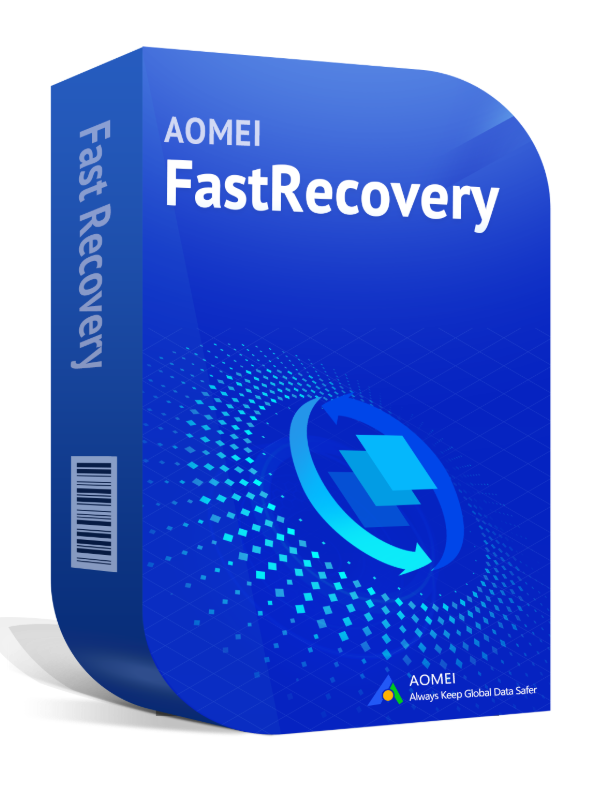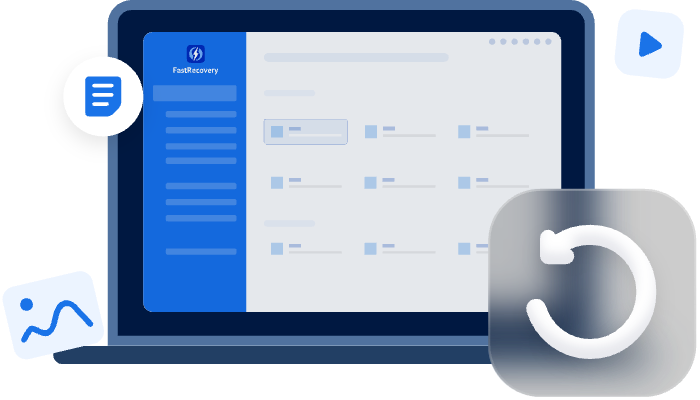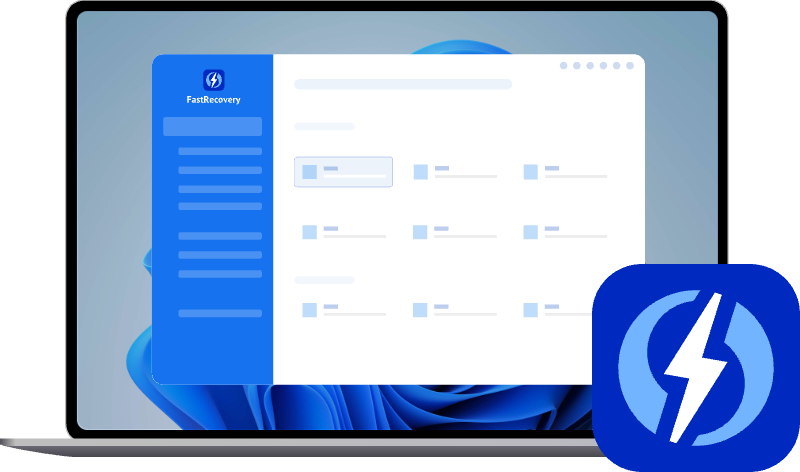How to Format USB Drive without Losing Data [2025]
Formatting a USB drive typically results in data loss, but do you know how to format a USB without losing data? This guide explores methods for recovering data from damaged, unrecognized, or unreadable USB drives before formatting.
Formatting a USB drive is a common solution to resolve issues like corruption, inaccessibility, or to change the file system. However, the primary concern is the potential loss of valuable data during the formatting process.
Is it possible to format a USB without losing data? Yes, it is. This guide provides detailed methods to format a USB drive without losing data, ensuring your important files remain intact.
Help! Can I format a USB without losing data?
Consider a scenario shared on a technical forum:
I need to format my USB without deleting the data. Is it possible?"
- Question from Google Help
This reflects a common predicament where users need to format their USB drives but are apprehensive about data loss.
Formatting a USB drive is often necessary to address issues such as file system corruption, virus infections, or to prepare the drive for a different operating system. However, the standard formatting process typically erases all data on the drive, leading to the potential loss of important files. Therefore, it's crucial to explore methods that allow formatting without compromising data integrity.
Common reasons leading to the need for formatting
These are usually the reasons why users need to format the drive:
✦ File System Corruption: Corruption can occur due to improper ejection, power failures, or malware attacks, rendering the USB drive inaccessible.
✦ Incompatibility Issues: Using the USB drive across different operating systems may require formatting to a compatible file system.
✦ Performance Degradation: Over time, USB drives may experience slow performance due to fragmented data or accumulated junk files, necessitating a format.
How to format a flash drive without losing data
To format a USB flash drive without losing data, you can first recover data from the USB flash drive and then format the USB flash drive after data recovery.
▶ Part 1. Recover data from the USB drive before formatting
To recover important data, you should download AOMEI FastRecovery on your Windows PC first.
This is a famous and professional data recovery tool, it can recover deleted/lost data from a USB flash drive in simple clicks with a high recovery rate.

- Recover over 1000 file types, including images, videos, documents, PDF, Word, PPT, Excel, etc.
- Support different USB drives, such as SanDisk, Sony, Lexar, Kingston, Toshiba, Samsung, etc.
- Precise targeting: Search, filter, and preview files before recovery.
- Widely compatible: It is compatible with different file systems, NTFS, FAT32, exFAT, ReFS, etc.
- Top algorithms - Automatically run Quick Scan and Deep Scan to search for all recoverable files.
Step 1. Connect your USB drive to the PC. Run AOMEI FastRecovery, find the USB drive on the main menu, and click Scan.
Step 2. Then, it will scan the USB flash drive automatically. You can also quickly find the target files from the Search or Filter. If you want to find more missing files on the USB drive, you can click Deep Scan.
Step 3. Select these files, and click Recover to restore data to a new path.
-
When restoring files, please find a safe new location on your computer or other external storage device to save the restored data. Then you can try to format the USB flash drive with the Disk Management Tool without worrying about the data loss problem.
▶ Part 2. Format a USB drive using the command prompt
After recovering the data, you can format the USB drive using the Windows built-in command line tool. Please refer to the following steps:
Step 1. Press Win + R and type diskpart in the Run window. Then, click OK to open it.
Step 2. Enter the following commands and press Enter after each line.
- list disk
- select X (X is the disk number of the USB drive.)
- clean (The clean command will delete all the data on the RAW drive.)
- create partition primary
- format fs=ntfs quick (or format fs=fat32 quick)
- exit
Conclusion
Formatting a USB flash drive without losing data is possible, but refer to the precautions provided in this article. The integrity of important files can be maintained by backing up your data, using data recovery software, and following safe formatting procedures. Regular maintenance and careful handling of your USB drive will further ensure its longevity and reliability.
FAQs about formatting a USB without losing data
Read the frequently asked questions and answers below to learn more about the USB format.
▷ Can I format a USB drive without losing my data?
Yes, it's possible to format a USB drive without losing data by first backing up your files to another storage device or using data recovery software to retrieve data before formatting.
▷ What precautions should I take before formatting a USB drive?
Before formatting, ensure you have a complete backup of all important data. Verify the integrity of the backup by accessing a few files. Additionally, ensure the USB drive is connected properly and is free from physical damage.
▷ Is it possible to change the file system of a USB drive without formatting?
Changing the file system typically requires formatting, which erases data. To avoid data loss, back up your files before converting the file system. Some tools claim to convert file systems without data loss, but it's safer to assume data may be at risk.
▷ How often should I format my USB drive?
Regular formatting isn't necessary unless you encounter issues like corruption or performance degradation. Routine formatting can reduce the lifespan of the drive. Instead, focus on regular data backups and proper ejection practices.
▷ What should I do if my USB drive becomes inaccessible after formatting?
If a USB drive is inaccessible post-formatting, it may indicate a deeper issue, such as hardware failure. Attempt to recover data using specialized software and consult professional services if necessary.

